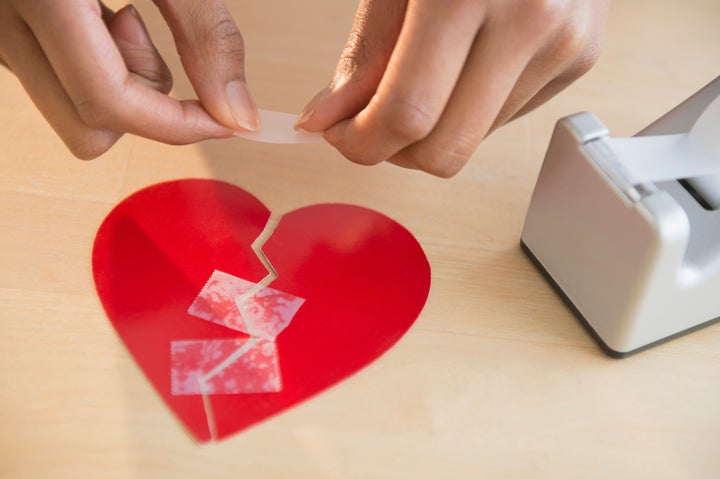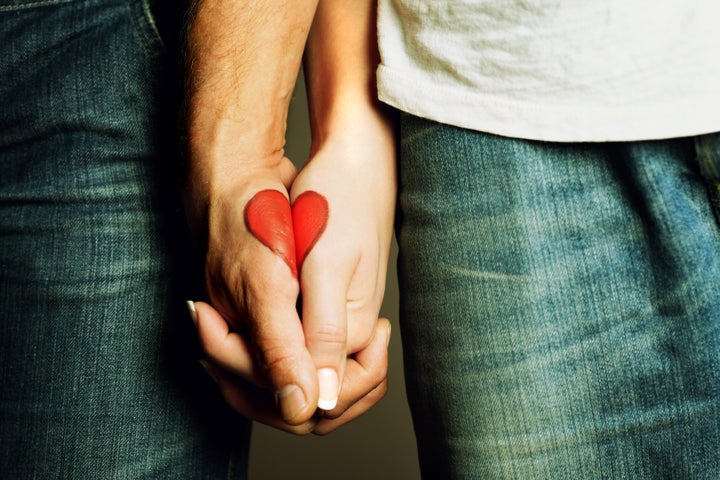The heart is central to human survival, pumping our blood and helping circulate oxygen throughout our bodies. The heart symbol is central to popular culture, seen everywhere from classic artwork to modern anime. The image pops up in movies, music, clothing, a million different objects and, of course, candy.
But how did we get from one to the other? Why does the bloody organ in the center of our chests symbolize everything we feel about love? And how did we come up with the symbol for a heart that looks nothing like an actual heart?
Let’s start with where the physical feeling of “love” comes from.
“Everyone can describe a time when their heart flutters because they saw their crush. And everyone can describe a time of intense heart pain when they were crushed by their love,” Dr. Karol Watson, a professor of medicine and cardiology at the University of California, Los Angeles, told HuffPost. “You see the love of your life, your heart starts fluttering and flip-flopping, and it’s like, ‘Oh, wow! That’s my heart! And it’s telling me that I’m in love!’”
While we notice these feelings of attraction in the heart (and maybe also in other parts of our bodies), true love actually starts in the brain.
“There’s a really strong connection between the heart and the brain,” Watson said. “Being in love can elicit the same flight-or-flight hormones that make the heart beat faster and stronger so we can run away from danger. But there’s nothing to be afraid of ― we’re just being in love.”

At the other end of the relationship, when your feelings get hurt, the heart gets hurt, leading you to suffer from what feels like a “broken heart.”
“There’s something called broken heart syndrome,” explained Watson. “It’s got a technical term, Takotsubo cardiomyopathy, brought on by something emotional like the death of a child or loss of a loved one. Basically you get this huge sympathetic surge of the hormones, it stuns the heart, and it stops functioning properly. So you end up with basically heart failure. It recovers, though not completely many times.”
In other words, she said, “A broken heart can really break your heart.”

So the connection between the heart and love is strong. When people tried to express all that, how did they create the heart symbol? Scholars still debate its origin.
One possible explanation dates back to the ancient Greeks and Romans, who used the same symbol. At the time, a rare plant called silphium, now thought to be extinct, was employed as an aphrodisiac and a method of birth control (among many, many other uses). Its seeds looked very similar to the heart shape we know today.
The shape has also been attributed to early anatomical drawings of the heart by ancient philosophers like Aristotle and medieval scientists.
Starting in the late 17th century, the Catholic Church put a religious twist on the image when Saint Margaret Mary Alacoque had a vision of a heart surrounded by thorns. This vision became known as the Sacred Heart of Jesus, a symbol of love and devotion.
Regardless of where the symbol came from or how it spread, it’s safe to say it’s the hardest working symbolic organ we’ve got. Every February, we dedicate an entire day to the celebration of hearts. Love itself is a vital part of human existence, and we’ve even developed technology and algorithms to help find the loves of our lives.
“It makes so much sense that the heart has been associated with love. There’s also a pretty strong brain-gut connection as well,” Watson said. “You feel like you’re in love with someone and suddenly you have diarrhea. But that’s not as cute of a story.”
Credit: Source link